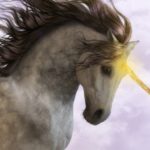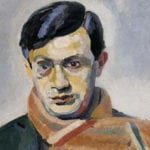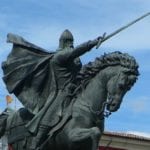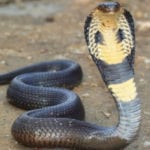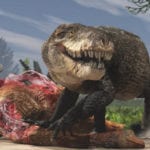 Mysteries
Mysteries  Mysteries
Mysteries  History
History 10 Surprising Stories About the Texas Rangers
 Humans
Humans 10 Philosophers Who Were Driven Mad by Their Own Theories
 Miscellaneous
Miscellaneous 10 Video-Game-Worthy Weapons and Armors from History
 Weird Stuff
Weird Stuff 10 Psychics Who Accurately Predicted Wartime Events
 The Arts
The Arts 10 Pieces of Art Inspired by a Broken Heart
 Health
Health 10 Science Fiction-Sounding New Medical Treatments
 History
History 10 Surprising Facts About the Father of Submarine Warfare
 Space
Space Ten Astonishing New Insights into Alien Worlds
 Weird Stuff
Weird Stuff 10 Bizarre Summer Solstice Rituals Still Practiced Today
 Mysteries
Mysteries Top 10 Haunting Facts About the Ghost Ship MV Alta
 History
History 10 Surprising Stories About the Texas Rangers
 Humans
Humans 10 Philosophers Who Were Driven Mad by Their Own Theories
Who's Behind Listverse?

Jamie Frater
Head Editor
Jamie founded Listverse due to an insatiable desire to share fascinating, obscure, and bizarre facts. He has been a guest speaker on numerous national radio and television stations and is a five time published author.
More About Us Miscellaneous
Miscellaneous 10 Video-Game-Worthy Weapons and Armors from History
 Weird Stuff
Weird Stuff 10 Psychics Who Accurately Predicted Wartime Events
 The Arts
The Arts 10 Pieces of Art Inspired by a Broken Heart
 Health
Health 10 Science Fiction-Sounding New Medical Treatments
 History
History 10 Surprising Facts About the Father of Submarine Warfare
 Space
Space Ten Astonishing New Insights into Alien Worlds
 Weird Stuff
Weird Stuff 10 Bizarre Summer Solstice Rituals Still Practiced Today
10 Legendary Tales About Mythical Creatures
Before it was revealed that the Cottingley Fairies were just cardboard cut-outs, people were mesmerized by these delicate little creatures who were seemingly stumbled upon by two young girls who presented five photographs they claimed to have taken of the fairies.
There is something awe-inspiring about creatures of myth, whether it be their sheer size, their magical powers or simply their beauty. Mythical creatures and monsters are woven into the fabric of our modern-day lives; just think of the elves in Iceland and the ever-elusive Nessie supposedly roaming the waters of Loch Ness in Scotland.
Not to mention the massive creature that roams the deep of the oceans …
10 Sea serpent of Gaelic folklore
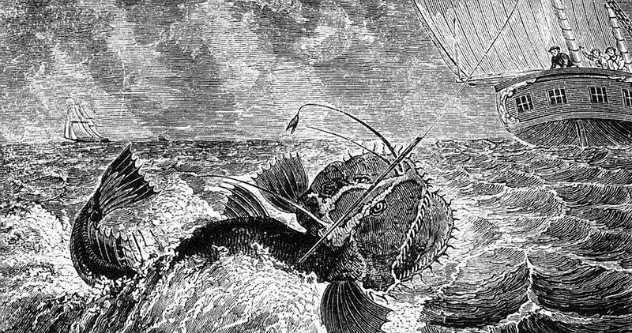
… No, not that one.
While most people have likely heard a thing or two about the much-feared Kraken of yore, many may never have heard or read about the sea serpent straight out of Scottish Gaelic folklore: Cirein-cròin.
This humongous sea monster lived alongside dinosaurs and could eat a total of 7 whales in one day. Cirein-cròin behaved in a devious manner by transforming itself into a small silver fish and allowing local fishermen to catch it. As soon as it was on board their boat, Cirein-cròin would change back into its usual form and devour everyone and everything within reach.
Some versions of the tale says that Cirein-cròin wasn’t a sea serpent but a large land-based dinosaur that hunted other creatures and humans both on land and in the ocean.
9 Mortal handmaidens turned evil

Mermaids are commonly depicted as aquatic creatures, half fish, half human, both beautiful and terrifying, both full of compassion and murderous.
This is because before mermaids took over the legends with their beauty and magic, there were sirens. Sirens were said to have taken the form of a combination of a woman and a bird, which meant they had large human heads, bird feathers and feet covered in scales. They sang enchanting songs to lure sailors and mariners which drew them into approaching the sirens, after which the creatures got into their boats and killed them.
These bird-women were said to have inhabited a remote Greek island, and a popular legend has it that before they acquired their half-and-half forms, they were handmaidens to the goddess Persephone. After Hades kidnapped Persephone, the handmaidens were given golden wings by Demeter to help search for her. But since Persephone was being held in the underworld, the maidens were unsuccessful in their search efforts. Demeter became enraged at their failure, banned them to the Greek island and cursed them.
The curse meant they would remain in half-bird form until someone passed their island without stopping first. They were also fated to die if a human heard them sing and survived. When Odysseus passed their island without incident, the sirens hurled themselves into the ocean in defeat.
8 The beast that devoured humans whole
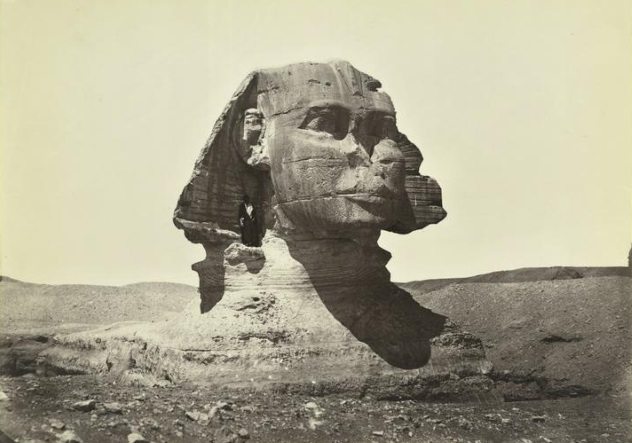
Persian and Greek mythology speaks of a creature similar in looks to the Egyptian sphinx, with the head of a human, the body of a lion and a tail made up of spines filled with venom. Some versions of the legend of the manticore depicts it with the tail of a scorpion. The manticore was said to be invincible and able to kill and devour every animal in the jungle, with the exception of elephants, using its three rows of teeth. Much like a siren, the manticore had a beautiful voice with which it lured its human victims to their deaths. It swallowed humans whole after paralysing them with poisonous spikes shot from its tail.
In modern times, the manticore can found in the popular game, Dungeons & Dragons, in which it appears with added dragon wings (or bat wings). The beast was first introduced to the game in 1974.
7 Gargoyles and grotesques

Gargoyles, those terrifying-looking creatures squatting on the corners of many old European buildings, were popular in Gothic architecture between the 12th and 16th century as spouts that allow water to drain away from buildings. They were so popular, in fact, that they were even added to cathedral roofs.
But, of course, gargoyles and their decorative counterparts, grotesques, have their own place in mythology as well. They were believed to have been made of animated stone which gave them the ability to come to life when darkness fell. Some also believed that these fantastical monsters guarded the buildings they sat on and frightened evil spirits away. Others, however, feared the gargoyles and believed that they could be possessed by demons and as such used for sinister purposes.
During the 19th century, Pittsburgh, Pennsylvania in the US, fully embraced Gothic architecture and to this day the city sports over twenty authentic gargoyles and hundreds of grotesques.
6 Deep water transport
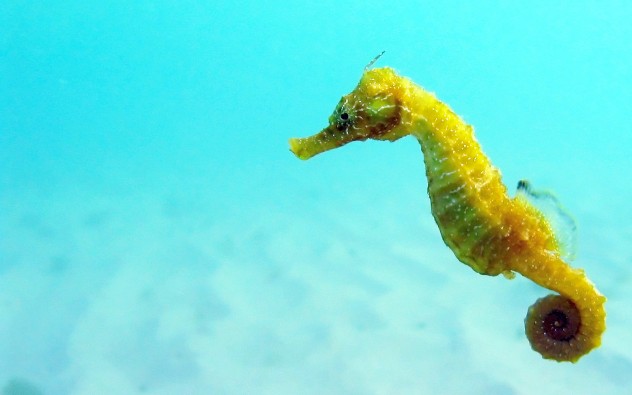
While the hippocampus is a brain structure found in the temporal lobe, it is also the name of the mythical seahorse said to have pulled along the chariot of Poseidon, the Greek god of the sea. The hippocampus is depicted as having the upper body of a horse and lower body of a fish, wings protruding from its sides and said to appear in both fresh water and salt water, with its fin-mane and fin-hooves helping it to swim.
Hippocamps are described in mythology as having a personality like that of horses found on land and forming close relationships with both mermen and sea elves. When attacked, the hippocamps use their teeth and tails to fend off their attacker, but then swim away to avoid further fighting. Legend also has it that hippocamps only return to the ocean surface when their food source, seaweed, is in short supply in the deeper waters. They don’t require air to live and must stay under water or they will die.
5 Wild asses as large as horses
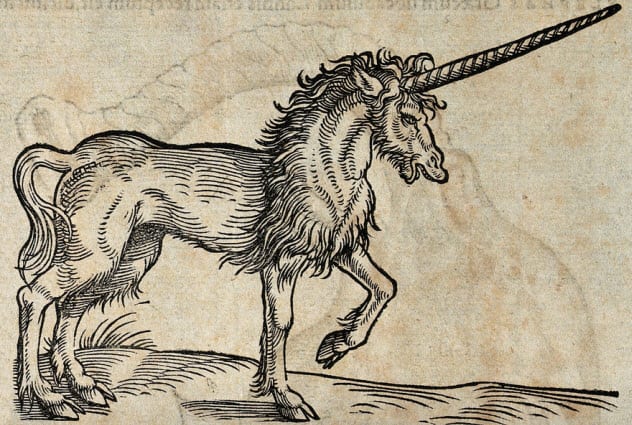
Unicorns make for cute outfits, cakes, and memes, but this mythical creature is a lot more than just a chubby white horse with a rainbow-colored mane and tail. The first written description of a unicorn came from a Greek doctor named Ctesias who travelled through Persia in the 4th century. He wrote of ‘wild asses as large as horses’ with white bodies, red heads and blue eyes. The wild asses also had horns on their foreheads that were about a foot and a half in length. Ctesias further wrote that the animals were faster and stronger than any other creature.
The lure of the unicorn remained throughout the centuries, with Scotland even naming the beast their national animal. Unicorns are mentioned in the Bible nine times, in the books of Numbers, Deuteronomy, Job, Psalms and Isaiah, although many take exception to the translation of the Hebrew word re’em to unicorn, as they believe the word referred to an ox or rhinoceros instead.
This belief has been somewhat backed up by the discovery of a skull fossil in Kazakhstan in 2016. The skull belonged to “Elasmotherium sibiricum” or a ‘real-life unicorn’ that lived around thirty thousand years ago and resembled a rhino. Also known as the Siberian unicorn, the creature had longer legs than a traditional rhino, a horse-like gait, and a massive horn on its nose. Experts also believe that the Siberian unicorn may have lived at the same time as modern humans.
4 Monster that causes storms
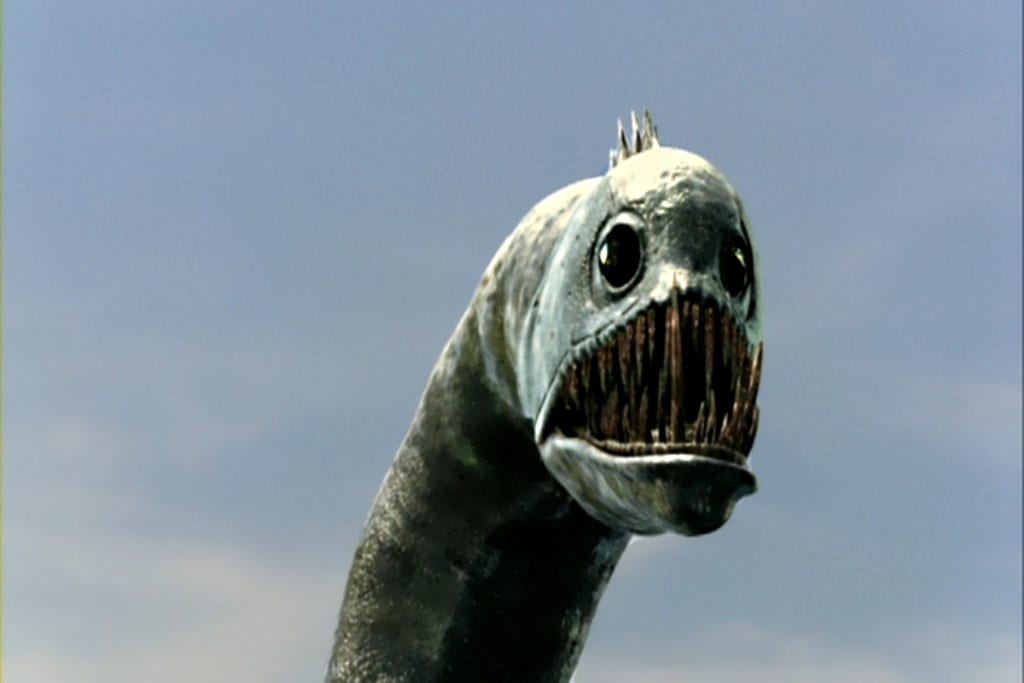
The most well-known mythical monsters of Africa are the Popobawa, the Mokele-mbembe and perhaps most infamous of all, the Tokoloshe. But have you ever heard of the Inkanyamba?
In KwaZulu Natal, on the Umgeni River, lie the majestic Howick Falls. The pool at the bottom of the waterfall is home to the Inkanyamba, according to legend. This creature, a giant serpent with fins on its horse-like head, is said to have a terrible temper that causes seasonal storms in the summer time. Only traditional healers (sangomas) are brave enough to approach the falls and are the only ones who can do so safely. Once they stand in front of the falls, they offer prayers and sacrifices to the Inkanyamba and ancestral spirits. The Xhosas in the area believe that the Inkanyamba transforms into a tornado once every year and whirls off in search of its mate.
In 1998, residents in the surrounding area tearfully blamed the Inkanyamba for the violent storm that cost thousands their homes.
3 Gnomes for good luck

It’s not uncommon to see gnome figurines decorating gardens, as these mythical beings are said to be good-luck charms, able to enrich soil and causing anything that is planted in it to flourish. People have placed gnomes in their gardens since the early 1800s, starting in Germany and soon the tradition spread to England. By the 1870s, mass production of clay garden gnomes was in full swing, but it was just about wiped out with the start of WWI and then WWII. By the 1960s, plastic gnomes were manufactured but they were nowhere near as popular as their predecessors.
Gnomes, according to legend, lived underground and guarded golden treasure. They could be found all over Europe including Spain, England, Denmark, and Norway but under different names. Sometimes they are called goblins or dwarves because of their depiction as small, deformed ‘old men.’ Gnomes have been tasked with protecting the elements of air, fire, water, and earth from humans. They are said to be sensitive to sunlight and will turn to stone if exposed to it for too long. A gnome’s advice is to be taken to heart as it is claimed it could make rich anyone who listened to it.
In recent times, gnome-napping has become somewhat of a thing. It involves ‘kidnapping’ a garden gnome from any given garden and taking it on an adventure that includes a lot of picture-taking and then sending the photos to its owner.
2 Ogres that torment the living
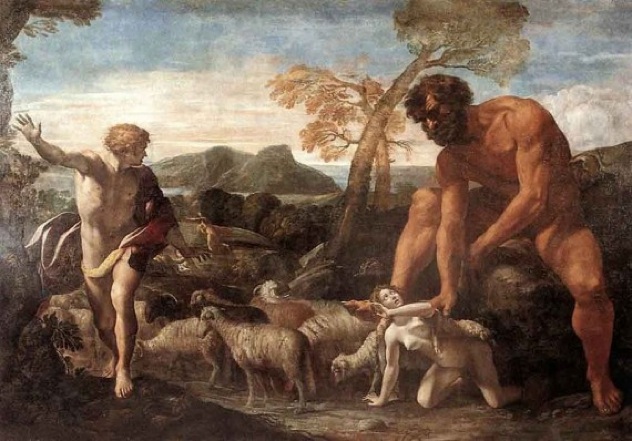
Ogres don’t exactly look like Shrek. Or at all like Shrek. In mythology they are described as being extremely large, with even larger heads that sprout abundant hair, off-colored skin and a strong appetite for humans, especially children. Ogres have appeared as characters in many fairytales. For instance, the witch in Hansel and Gretel is presumed to be a female ogre (ogress) because she eats children. The wolf in Little Red Riding Hood also resembles an ogre.
In Japan, ogres are called oni and portrayed as having sharp claws and two horns protruding from their heads. Some have an odd number of fingers, toes or eyes and their skin can take on any color, but they commonly appear as blue, black, brown, white and particularly red. Oni are said to be born after evil humans die and end up in one of the Buddhist Hells. There they are transformed into oni and become servants of the ruler of Hell. Part of their job is to crush the bones and peel the skin off wicked humans. When a human is too evil to be redeemed, he is transformed into an oni on Earth and remains there to terrorize those around him who are still alive.
1 The forming of the Milky Way
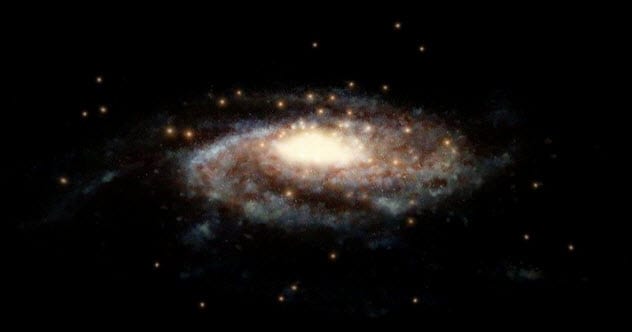
There are a lot of truly fascinating Maori legends about mythical beings. These include the tale of the god of weather, Tawhirimatea who sent his children, the four winds and clouds, to cause devastation on Earth, as well as the story of Taniwhas, which are reptile-like creatures that sometimes take on the form of sharks and whales and lurk in rivers and other bodies of water.
Then there is Mangaroa, the shark placed high up in the sky by the demigod Maui to look after the Maori tribes on Earth from its vantage point in the ‘sea of the sky.’ Another legend says that the sea in the heavens, better known as the Milky Way, was formed when the god Kiho-tumu formed a ship and sailed across the sky. The ship, named The Long Shark, protects the Maoris and they believe that the dark parts of the Milky Way represent the Long Shark travelling through it, while the white patches are from the waves it creates as it sails through the sea in the sky.
